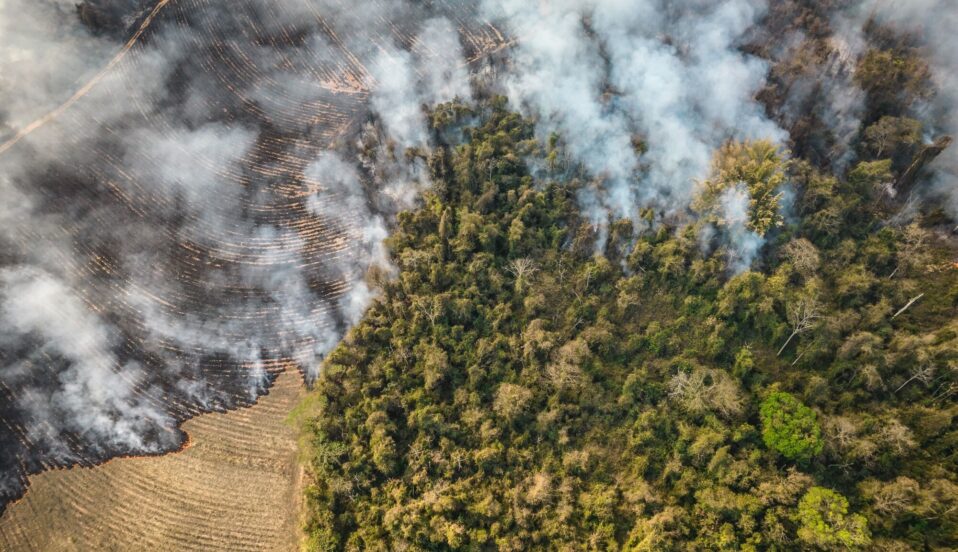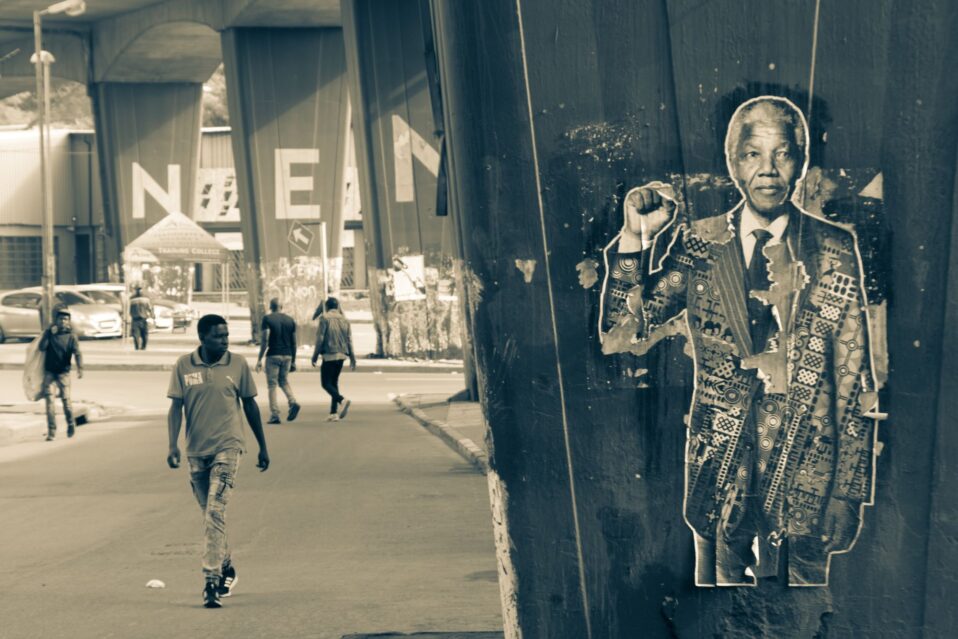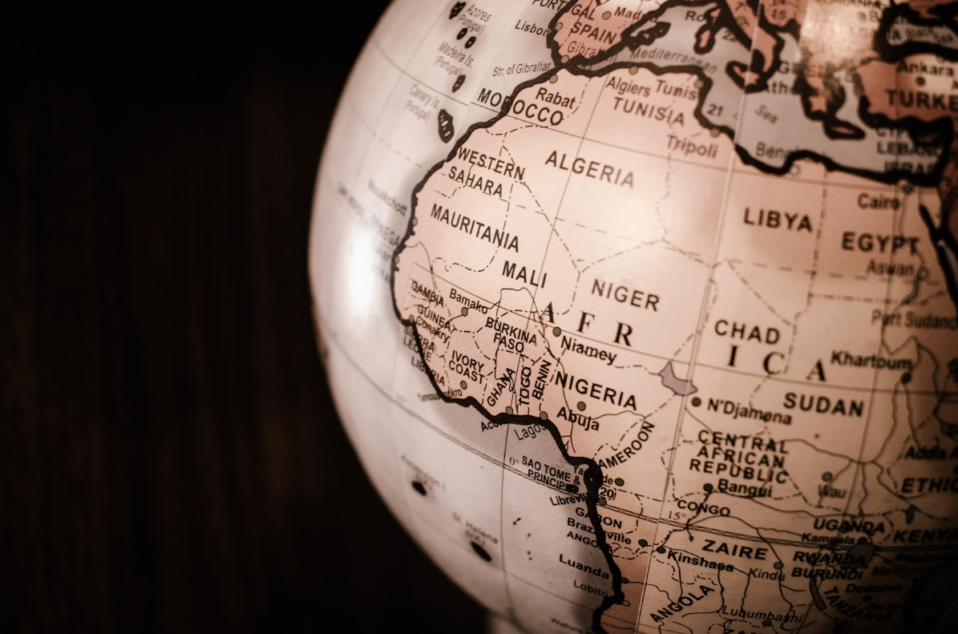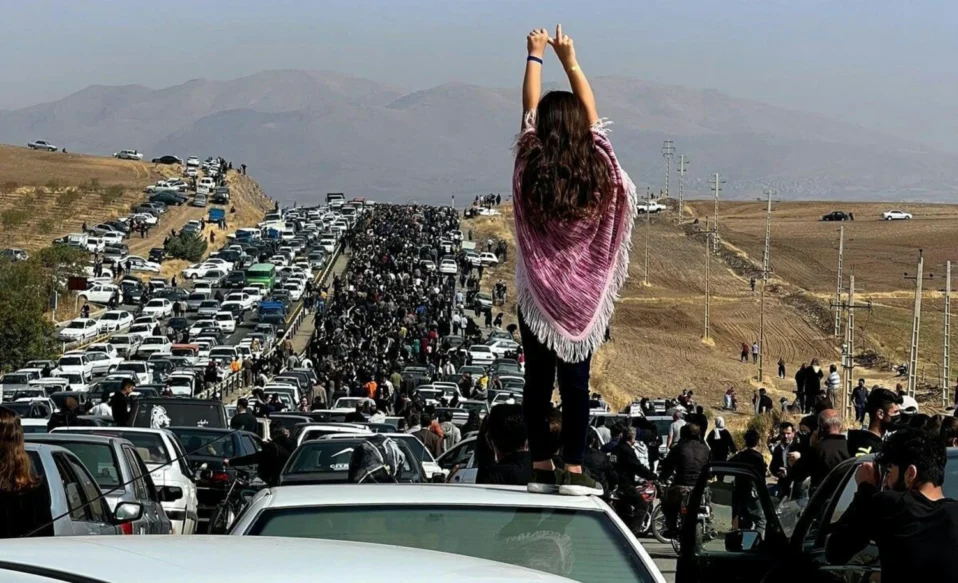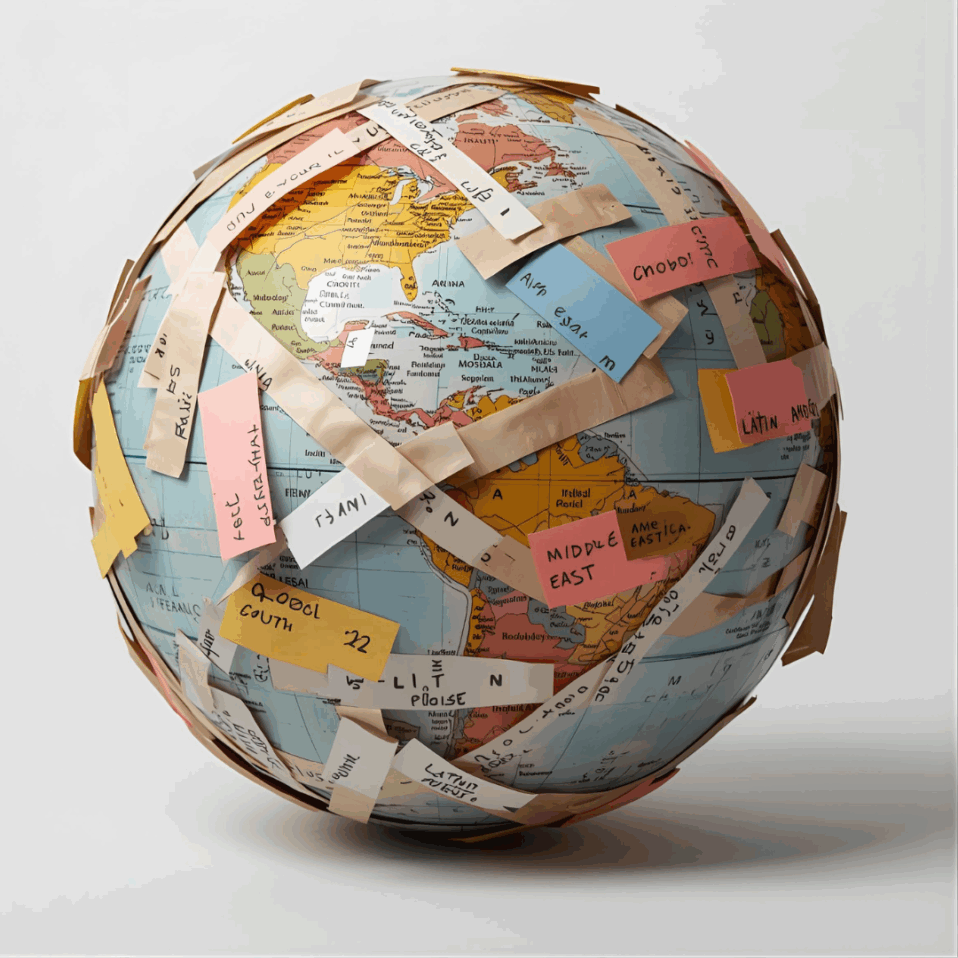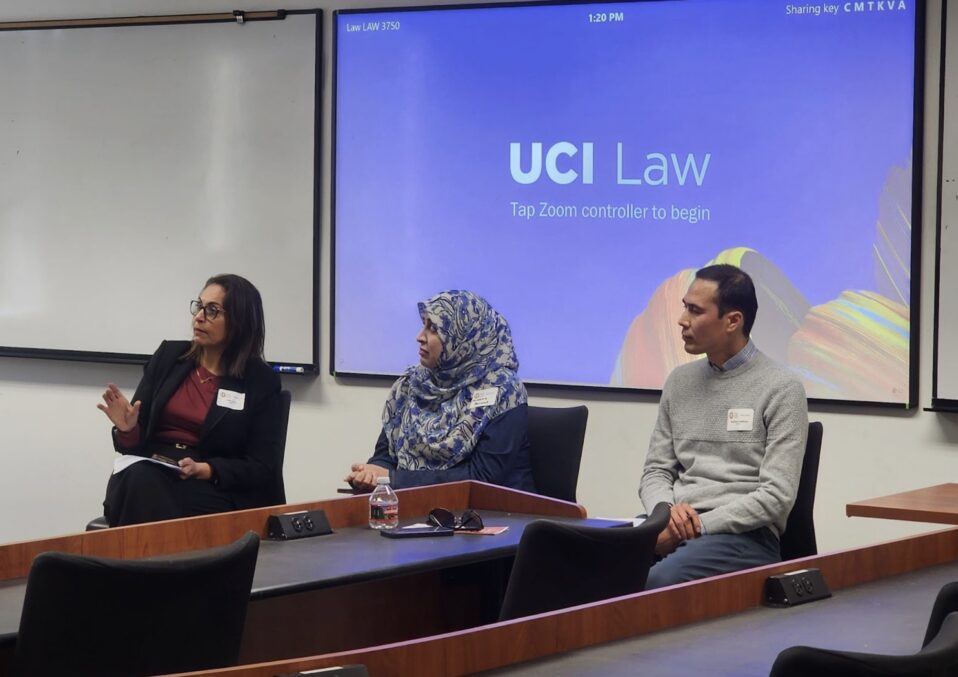Fires consuming environmentally protected land in the state of Sao Paulo, Brazil on Aug. 24, 2021.
Photo from Bloomberg/Jonne Roriz (photographer)
How this complex biodiverse country in South America is handling climate change’s effects on its human population and wildlife.
From the equator and down south to the tropic of Capricorn, Brazil is notable for its diverse and natural physical geography that it offers to the world from its dense wildlife population in the Amazon rainforest, outstretched wetlands of Pantanal, low pampas grasslands of Rio Grande do Sul, long coastal plains and more.
Within its various terrains, Brazil inhabits approximately 215.3 million people according to the World Bank and at least 103,870 animal species and 43,020 plant species as cataloged in the Convention on Biological Diversity.
These numbers are pivotal when taking into account the aggressions of climate change in cultural, economic, and political relations.
How climate change affects the Brazilian workers and its economy
In order for Brazil to reduce its societal vulnerability in a time of extreme climate change, it is imperative to gain a baseline understanding of how ecosystem-based alternatives and adaptations play a key role for its agricultural and aquacultural sectors and the Brazilian people that see it through.
Brazil currently supplies 34% of the world’s soybeans, with agriculture driving 4.3% in its annual GDP, in the state of Mato Grosso which comprises both grass and woodlands. Additionally, both soy and corn are products that generate up to 88% of the country’s grain population, much of which is dependent on natural rainfall and steady temperatures. So much so, that these precipitation-based crops can offset agricultural calendars forcing farmers to adapt and regulate and implement crop rotations in addition to relying on government subsidies and action.
According to the International Journal of Environmental Science and Technology, rising temperatures with unpredictable rainfall that perpetuate soil degradation can only encourage farmers and the Brazilian government to the current literature on collected data, educating communities, and expose them to future studies in better understanding the varying trends of climate change.
In a discussion hosted by Soberania & Clima, an organization that promotes the interdependence of security and environment in Brazil and globally, the loss of aquatic ecosystems are also vulnerable as Brazil’s surface sea temperatures increase as the ocean’s levels of acidity are sensitive to loss of marine and coastal ecosystems perpetuated by climate change.
Brazil’s fish and aquaculture is a billion dollar industry that generates both job opportunities for roughly 3.5 million people that are directly and indirectly involved according to the Food and Agriculture Organization of the United Nations. This also prompts climate change’s effects on high carbon pathway levels (energy derived from coal, fossil, oil or natural gas) that can affect the fishing industry in the country’s distribution to the people and global consumer markets with trade flows and pricing.
How climate change affects the Brazilian people and politics, along with its relation to neighboring countries
At this moment, more than 29.4% of Brazil’s population lives in poverty due to the complex nature of its politics ranging from lack of government intervention like inadequate social assistance to unequal land distribution. But those considered the urban poor or living in unsuitable and informal settlements, are most vulnerable to climate change.
Food security is susceptible to falling short for the Brazilian people. Crop yields may decrease if the vulnerability of the country’s unique biomes aren’t met without the government spearheading the lead with its farming sectors.
Prolonged drought and dry conditions adds onto the struggles of poverty, notably in the central and southern regions of Brazil. With the rising trends of water scarcity and above-average temperatures, it can offset an increase in fire activity in susceptible regions such as Pantanal wetlands and the Amazon rainforest. This limits the access to securing basic needs such as food and water and sanitation. The deficit extends itself to neighbors such as northern Argentina, Uruguay, and southern Patagonia.
Traditionally, agricultural farmers cut down and set fire to areas of the forest as a practice to make room for cattle and encourage new room for crop growth. Historically, rainforests remain moist throughout the year to resist fires. However, the topography of the Andes high mountains and natural glaciers are affected by Amazonian fires and its carbon emissions.
Due to Brazil’s weakened environmental protections to promote more deforestation to encourage industrialization, overcrowding populations, coupled with drier vegetation, aggressive fires that are unable to be contained offset glacial retreat from the Andes due to the warming. This then affects the Amazon River where its water is derived from the Peruvian Andes and results in large floods, inflicting irreversible damage to native cassava and rubber trees.
Coastally, with rising sea levels affecting urban infrastructure and shorelines, it is predicted that the current 60% of Brazil’s population that lives in those target areas are at risk of experiencing severe flooding by 2050. This may displace habitants living in those areas or decrease habitable space with the intensity of floods.
Moving forward
For Brazil to sustain its prominence in the Organisation for Economic Co-operation and Development (OECD), it is essential for its government to acknowledge the serious repercussions in the hand that climate change plays.
It is pivotal for the Brazilian government and its economy to not only safeguard its food and agricultural systems, but also account for low-carbon pathways during climate change to ensure protective and preventive measures for the Brazilian people and its surrounding environment and economy.
Written by Anna Tran, WACOC Community Intern
References:

